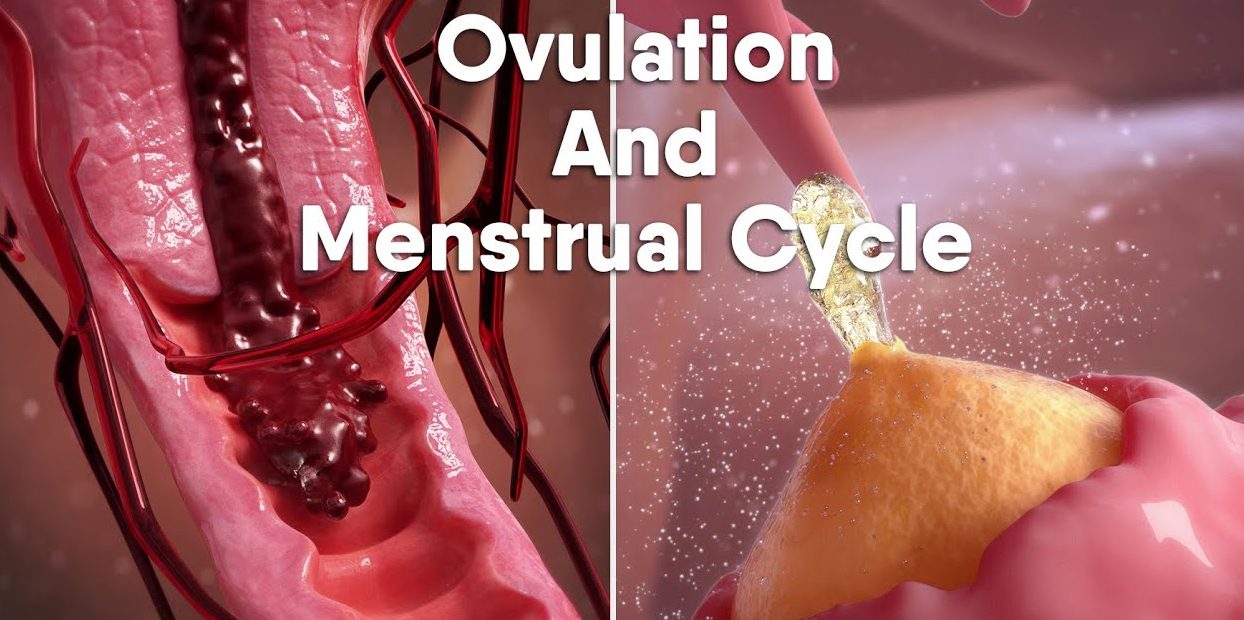Pregnancy is a complex and natural process that begins when a sperm fertilizes an egg, leading to the development of a fetus inside the uterus. This process involves a series of biological events that include ovulation, fertilization, implantation, and the growth of the embryo. Understanding the steps of pregnancy and the reproductive system is key for individuals who wish to conceive.
1. The Female Reproductive System
The female reproductive system plays a central role in pregnancy. It consists of the ovaries, fallopian tubes, uterus, and vagina. Each component serves a specific function to make conception possible. The ovaries produce eggs (ova), and these eggs are released during ovulation, which is a part of the menstrual cycle. The fallopian tubes are the pathways through which the egg travels after being released, and the uterus provides a nurturing environment for the fertilized egg to implant and develop into a baby.
2. The Menstrual Cycle and Ovulation
A woman’s menstrual cycle typically lasts 28 days, although it can vary. The cycle starts on the first day of menstruation (the shedding of the uterine lining) and ends just before the next period begins. The most fertile time in the cycle is during ovulation, which occurs roughly in the middle of the cycle, about 14 days before the next period begins.
During ovulation, one of the ovaries releases a mature egg, and it is drawn into the fallopian tube. The egg remains viable for fertilization for about 12 to 24 hours after release. If sperm is present during this time, fertilization may occur.
3. The Role of Sperm
Sperm is produced in the male testicles and is delivered to the female reproductive system through ejaculation during sexual intercourse. After ejaculation, millions of sperm swim through the cervix into the uterus and then to the fallopian tubes in search of an egg. While millions of sperm are released during intercourse, only one sperm is needed to fertilize the egg.
Sperm can live inside the female reproductive system for up to five days, which means that even if intercourse occurs a few days before ovulation, sperm may still be able to fertilize the egg when it is released.
4. Fertilization and Early Development
If sperm successfully meets the egg in the fallopian tube, fertilization takes place. The sperm penetrates the egg, and their genetic material combines to form a single-cell zygote. This fertilized egg starts dividing rapidly, growing into a ball of cells as it travels down the fallopian tube toward the uterus.
This process takes several days. By the time the developing embryo reaches the uterus, it has divided into a blastocyst, a hollow ball of cells that will implant into the uterine lining. Successful implantation is crucial for pregnancy to continue.
5. Implantation and Hormonal Changes
Around six to ten days after fertilization, the blastocyst attaches itself to the uterine lining (the endometrium), where it will continue to grow and develop. Once implantation occurs, the body begins to produce a hormone called human chorionic gonadotropin (hCG). This hormone is responsible for preventing the menstrual cycle from continuing, which is why it is used as the basis for pregnancy tests.
HCG triggers the production of other hormones, like progesterone and estrogen, which help maintain the pregnancy and prepare the body for the growth of the fetus. These hormonal changes also lead to the cessation of the menstrual cycle, which is one of the first signs of pregnancy.
6. Signs and Symptoms of Pregnancy
Once implantation occurs and hormone levels rise, many women experience early pregnancy symptoms. Common signs of pregnancy include:
- Missed Period: One of the first signs that a woman might be pregnant is a missed menstrual period.
- Morning Sickness: Nausea, especially in the mornings, is a common symptom in the early stages of pregnancy.
- Breast Changes: Tenderness, swelling, and darkening of the areolas are common as hormonal changes affect the breasts.
- Fatigue: Hormonal shifts can cause increased tiredness, particularly in the first trimester.
- Frequent Urination: As the body adjusts to pregnancy, the growing uterus can exert pressure on the bladder, leading to more frequent trips to the bathroom.
7. The Role of Preconception Health
Before trying to conceive, it is essential to ensure both partners are in good health. Maintaining a healthy weight, managing stress, avoiding harmful substances (like tobacco and alcohol), and eating a balanced diet rich in vitamins and minerals can improve fertility. For women, taking prenatal vitamins with folic acid before conception is also recommended, as folic acid can help prevent certain birth defects.
8. Assisted Reproductive Technologies (ART)
For couples struggling to conceive, assisted reproductive technologies (ART) such as in vitro fertilization (IVF) can help. IVF involves the fertilization of an egg with sperm outside the body, and the resulting embryo is then implanted into the woman’s uterus. ART has helped many individuals and couples achieve pregnancy when natural conception is not possible due to various fertility issues.
9. Conclusion
Pregnancy begins with the fertilization of an egg by sperm, and involves complex biological processes that support the development of the embryo and fetus. Understanding the menstrual cycle, ovulation, fertilization, and implantation can help individuals who are trying to conceive. Additionally, maintaining a healthy lifestyle and seeking medical help when needed can increase the chances of pregnancy. As science and medical technologies continue to advance, more options are available for those facing challenges in conceiving, helping people achieve their dreams of becoming parents.



